The question of whether fake plants are tacky is one that often sparks debates among interior designers, architects, and business owners. While real indoor plants undoubtedly bring the positive effects of nature inside, artificial plants – especially high-quality, custom-designed ones – can also be an excellent choice for enhancing a space.
Whether or not synthetic plants are tacky or classy lies in the quality, installation, and how they are incorporated into the design. Plant Solutions specializes in stunning artificial plant installations, moss walls, and plant walls that often include a mix of both real and artificial plants. Our custom-designed artificial plant installations are beautiful, life-like, and a wise investment. The innovation of realistic artificial plants has made it possible to create beautiful, biophilic designs in spaces with limited natural light or those in hard-to-reach places.
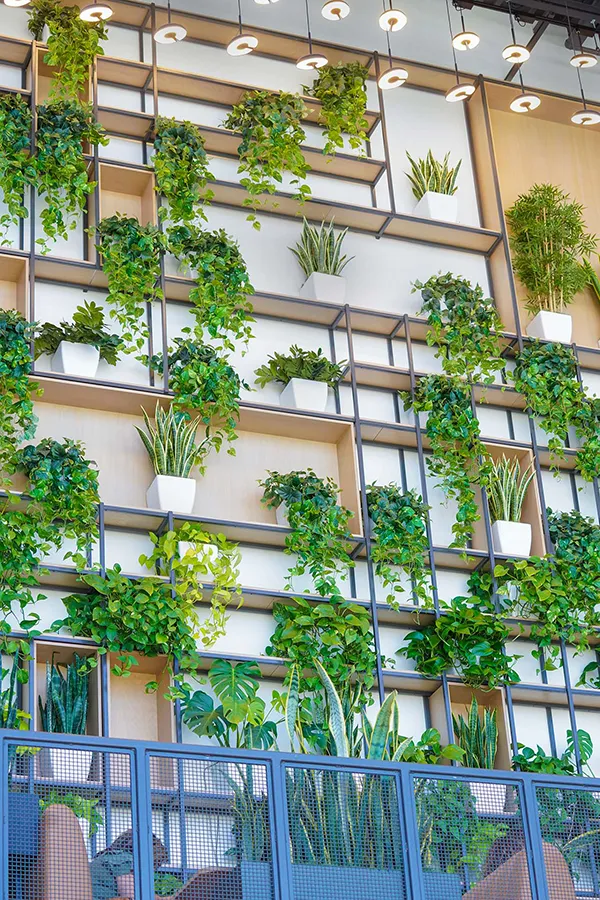
From tacky to timeless: the evolutionary trends of fake plants
Artificial plants have come a long way from their humble beginnings. After World War II, artificial plants became more affordable and accessible due to mass production techniques. The growth of synthetic materials like plastic allowed for cheaper, more durable fake plants. This period marked the widespread use of artificial plants in middle-class American households, especially as people began to prioritize convenience and low-maintenance options in their homes.
By the 1980s and 1990s, artificial plants began to lose favor as interior design trends shifted toward a preference for real, natural greenery. There was a cultural perception that fake plants were “tacky” and lacked the authenticity of living plants.
However, fake plants made a significant comeback in the early 2000s. Advances in manufacturing technology allowed for higher-quality materials that convincingly replicated the texture, color, and appearance of real plants. These high-end fake plants were used in upscale commercial projects, hotels, and homes, especially those with specific design constraints such as low light availability.
Today, artificial plants are more popular than ever, thanks to modern design trends that prioritize biophilic design. Custom-made, high-end artificial plants—such as plant walls and custom botanicals—are sought after for their ability to add greenery and nature to spaces without irrigation options. The rise in popularity of artificial plants is driven by their versatility, convenience, and aesthetic appeal, particularly in commercial and luxury residential spaces.
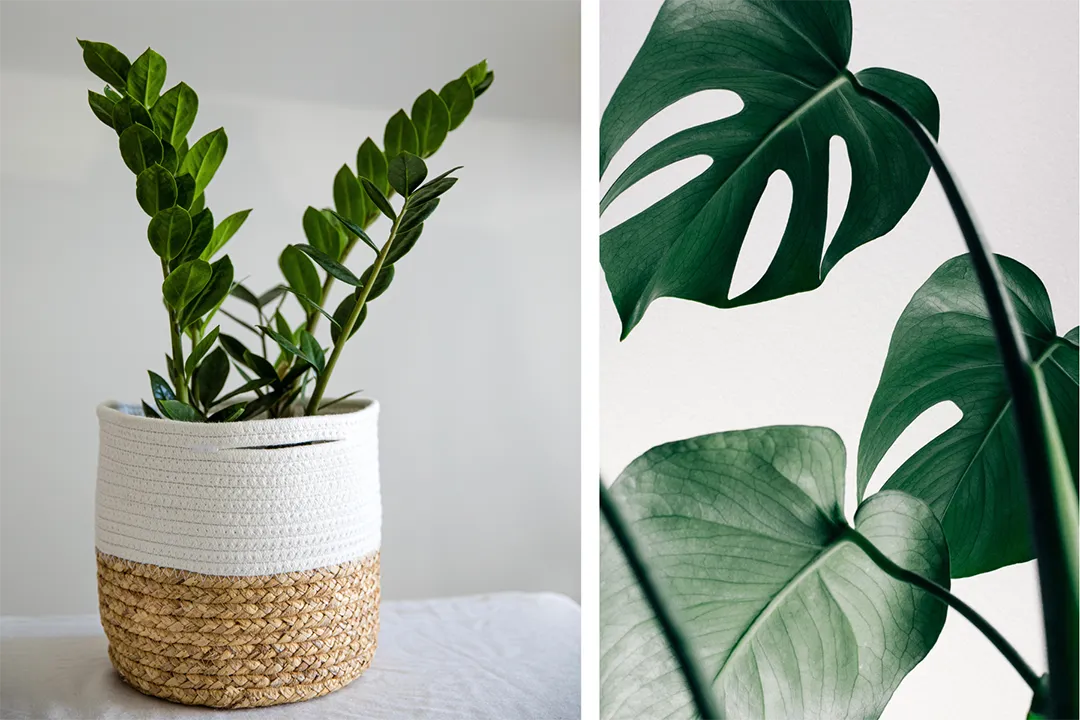
What makes modern artificial plants so life-like?
Today, high-end, custom-designed artificial plants are so life-like that they can fool even the most discerning eyes. These plants are made using advanced materials and carefully crafted to replicate the look, feel, and texture of real plants.
What sets custom-designed artificial plants apart from low-cost imitation greenery is their attention to detail. High-quality artificial plants are crafted to look as real as possible, using sophisticated techniques to replicate nature’s beauty. Some of the key factors that contribute to their realism include:
- Material Quality: Luxury artificial plants use premium materials that mimic the texture, colors, and appearance of real plants. Some materials are even treated to look wet or dewy, enhancing their lifelike appearance.
- Color Accuracy: Custom botanicals are designed with precision to match the natural colors and patterns found in real plants. From the subtle shading on leaves to the variation in flowers, no detail is overlooked.
- Natural Movement: Professionally crafted artificial plants are designed to flow and move as real leaves do. This attention to movement creates a more dynamic look, especially when plants are installed in windy or outdoor conditions.
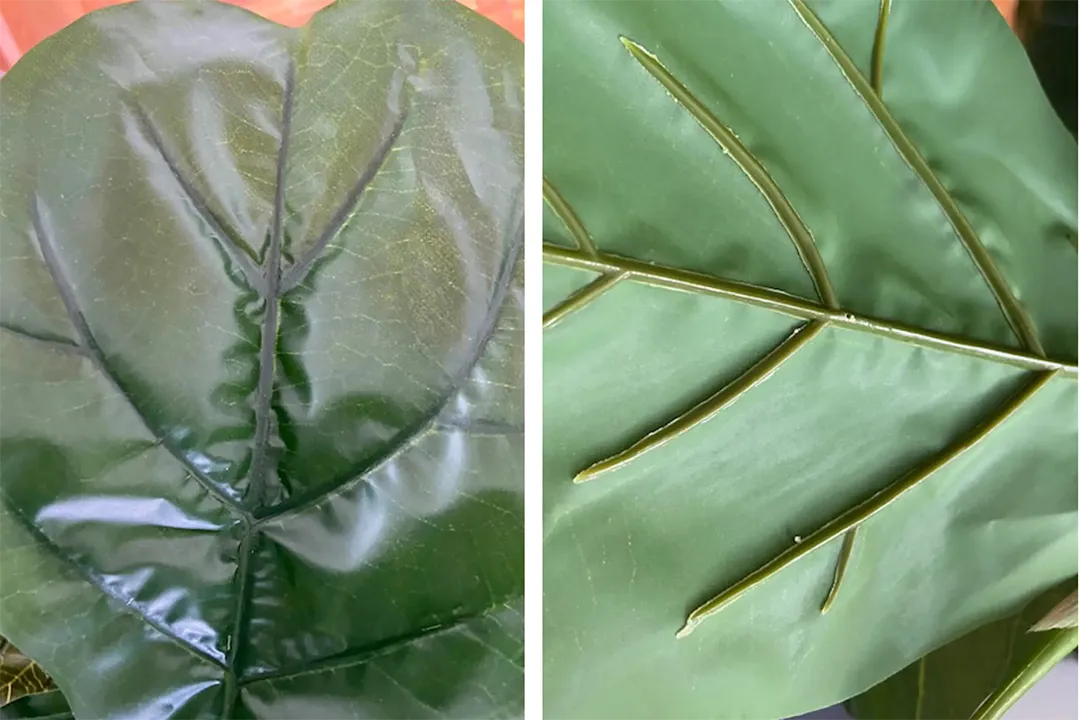
Material differences between tacky fake plants and stunning artificial plants
Cheap fake plants, commonly found in chain craft stores, are often made of substandard materials such as vinyl or low-grade plastic. These materials do not capture the texture or feel of real plants, leading to a less convincing result. Because they are mass-produced as cheaply as possible, they are typically plastic-looking with overly uniform, shiny leaves, a strong chemical smell, and visibly repetitive patterns. Some may have rough or scratchy textures. Their lack of subtle variations in leaf shape and color results in an obvious artificiality that often detracts from the ambiance of a space.
On the other hand, high-end artificial plants are made with durable, premium materials such as polyester, rubber, UV-resistant polymers, and various silk blends. These plants are designed with intricate details, like textured leaves, carefully painted stems, and flowers that mimic the vibrancy of real-life, natural plants. These installations are customized to suit specific interior design projects, allowing them to blend seamlessly into any space. Though more expensive, using premium materials ensures high-end faux plants last for many years without losing their color or beauty, ensuring a better return on investment for businesses and luxury homeowners.
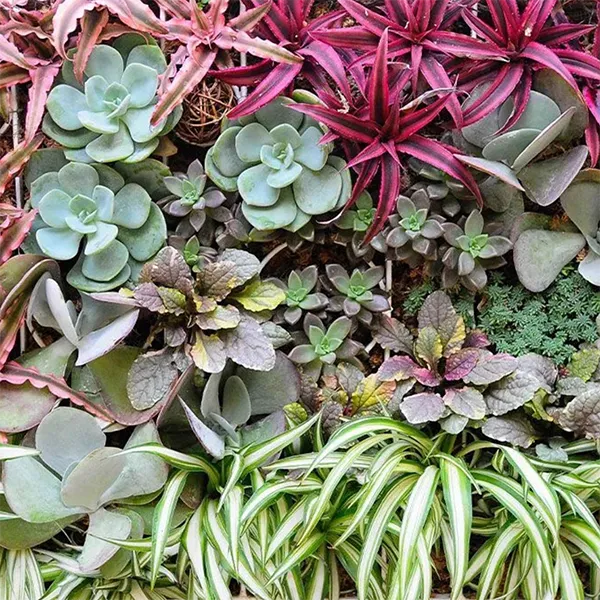
Learn why investing in high-end artificial plants is worth the price
Craftsmanship. Aside from the expense of premium materials and guaranteed longevity, the higher cost of luxury artificial plants comes from the attention to detail and craftsmanship involved in their production. Biophilic design artists create artificial plant displays by hand, one leaf, wine, or branch at a time. Upon arrival at the warehouse, every inch of each plant is examined for imperfections and arranged in the most convincing way possible.
Functionality. Custom botanicals are designed to fit the specific needs of each space so they are both beautiful and functional. For example, Linda, one of Plant Solutions’ botanical artists, crafted large olive trees for the outdoor patio planters of Blanco restaurant in Scottsdale. These faux trees look and feel brilliantly real and provide canopy and shade over dining guests just as natural trees would. Of course, not all custom botanicals need to be large and in charge. In lieu of framed artwork, consider vibrant plant walls filled with life-like succulents and vines.
Texture. A third factor that makes luxury artificial plants significantly more expensive than the fake plants from big-box retailers is texture. High-end artificial plants feel very real to the touch. They are designed to replicate the texture and softness of real leaves, flowers, and stems. When running your fingers over the greenery, you’ll feel the natural texture of real leaves and vines, without the slick grooves and hard-edged that often characterize low-cost fake plants.
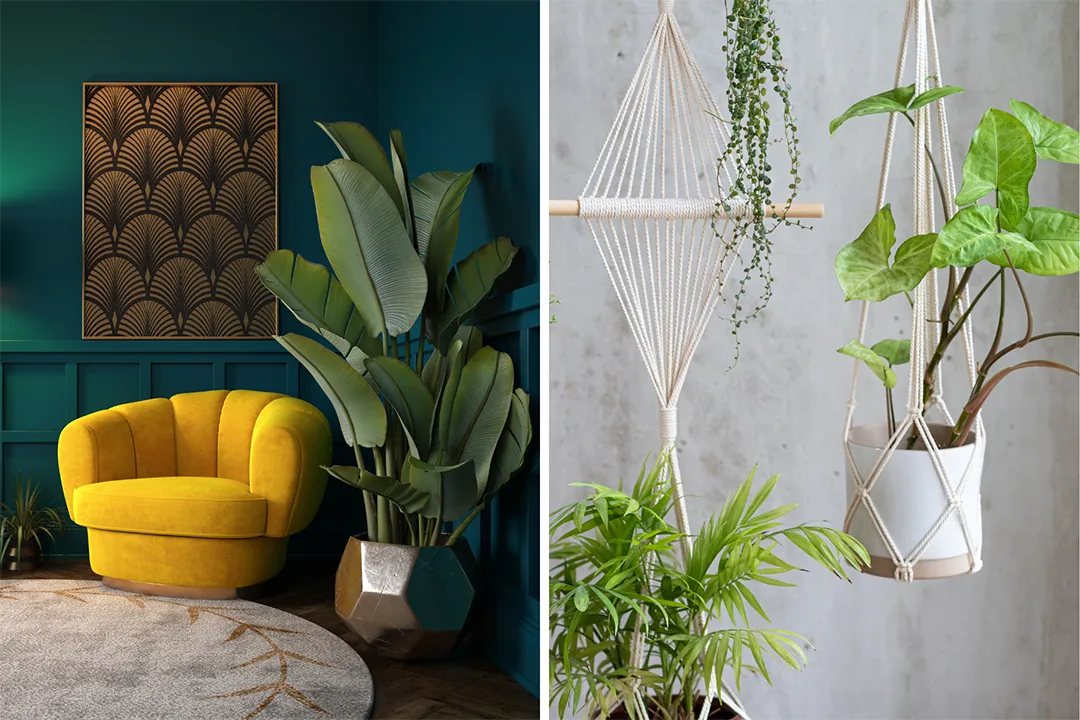
Are fake plants a better choice than natural plants?
Artificial plants can be a better alternative to real plants in several situations, especially when maintenance or lighting conditions are a concern. For instance, if the hallways and nooks of your space lack natural sunlight, artificial plants are an excellent option. Because fake plants don’t require regular watering or pruning, they are a great solution for areas that are difficult to reach. Imagine upper cabinets lined with potted plants and plant walls that extend higher than seven feet tall — custom faux botanicals, as opposed to natural plants, might be the right fit.
- Substitute for low light indoor plants: Artificial plants are perfect for spaces with limited or no access to natural light, where real plants may struggle to thrive. If you’re looking for low light indoor plants and can’t find a species that’s resilient enough to withstand the shadows, consider life-like faux plants.
- Low maintenance and allergy-free: Although they require regular dusting, artificial plants require no watering, pruning, or soil management. This makes them an ideal choice for busy commercial spaces. Their lack of soil makes them hypoallergenic, which is desirable to medical facilities, schools, and some restaurants.
- Longevity: With proper care, artificial plants last for many years without increasing in size. When well cared for, real plants can also last for decades, but they usually require larger growing spaces or replacement as the years go by. Some business owners and property managers may find that realistic fake plants are a better long-term investment for inflexible spaces.
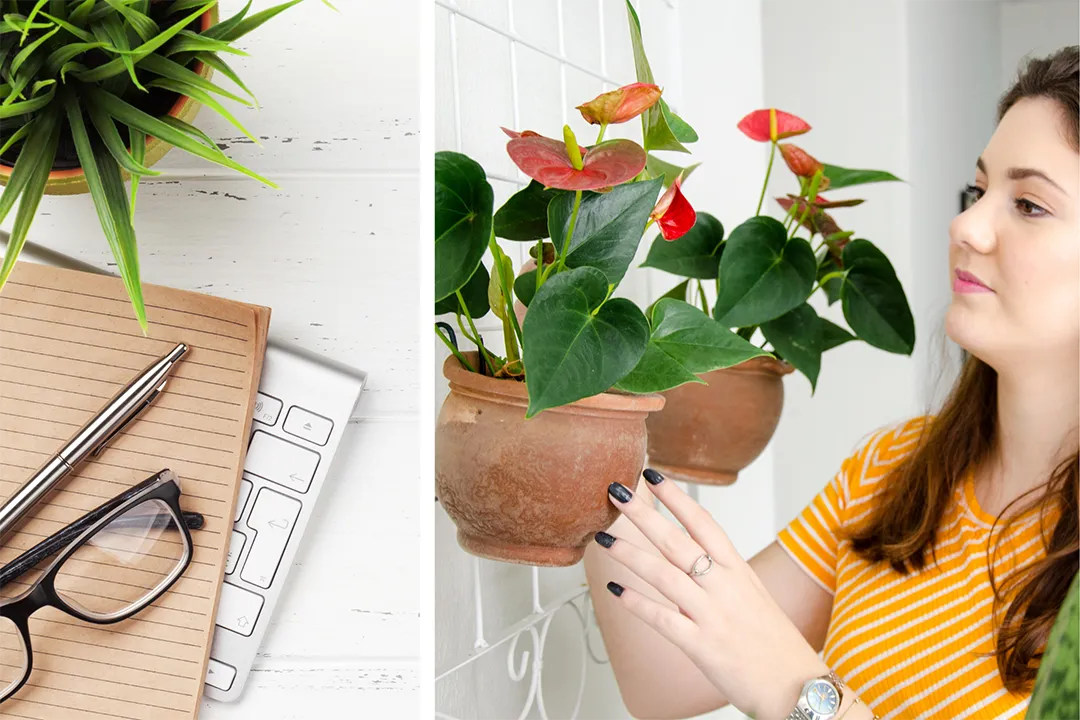
Our designers help you visualize artificial plants in your space
The famous designer William Morris once said, “Have nothing in your houses that you do not know to be useful or believe to be beautiful.” When professionally installed, custom botanicals and artificial plant walls can transform any space into a lush, nature-infused environment that is both beautiful and functional. Professionally designed artificial plants are a smart and beautiful choice for businesses and homeowners alike, as they require minimal maintenance and provide year-round beauty.
Imagine walking into a modern office building with a beautifully designed plant wall filled with lush, low-maintenance artificial plants. The space is bright and inviting, and greenery brings a sense of calm and tranquility to the environment. The plants look fresh and vibrant, contributing to a positive work atmosphere where employees feel inspired and connected to nature.
Investing in high-quality custom botanicals from Plant Solutions elevates your space’s aesthetic appeal and boosts employee satisfaction and productivity. By integrating life-like artificial plants into your design, you create an atmosphere that encourages creativity, relaxation, and gratitude.
Find the right artificial plants for your space
Let our experts help you choose the perfect artificial plant installation for your interior design needs.
